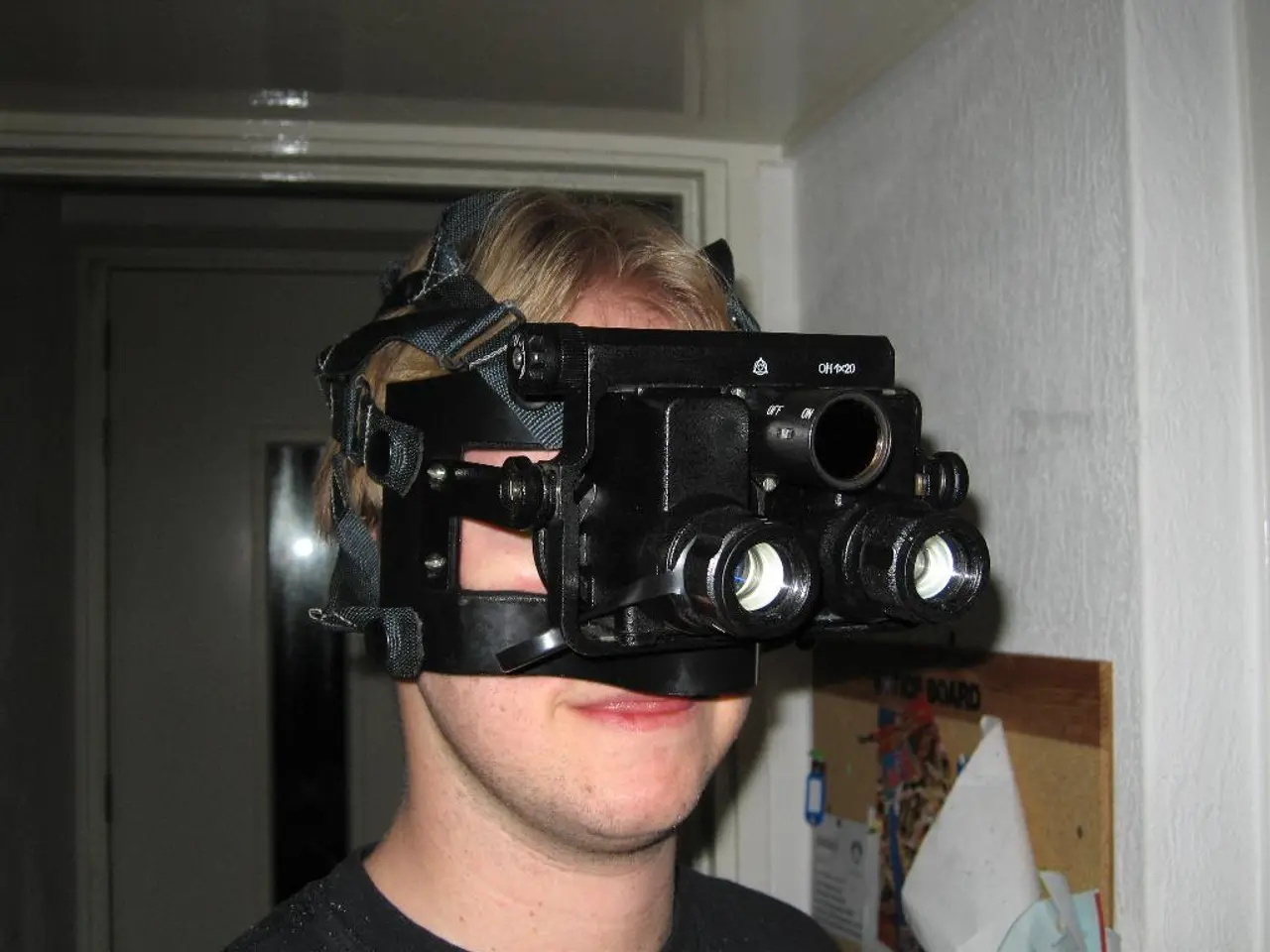Uncovering PRISM: A Tool for Instructing STEM Through Innovative Methods
In the ever-evolving landscape of education, a groundbreaking digital learning platform is making waves. **Prisms VR/AR**, founded by MIT engineer turned educator Anurupa Ganguly, is set to redefine how students learn science and math.
This innovative platform leverages the immersive capabilities of Virtual Reality (VR) and Augmented Reality (AR) technologies to create an engaging, interactive environment for STEM education. With modules available in six languages—Spanish, Haitian Creole, Portuguese, Vietnamese, Mandarin, and Russian—it caters to a diverse student population.
### Immersive Learning Experiences
Prisms offers a managed VR learning environment tailored specifically for STEM education. It uses VR and AR to create highly realistic, interactive environments where students can explore scientific and mathematical concepts firsthand, rather than through traditional lecture or textbook methods.
### Cross-Platform Compatibility
The platform supports both VR and AR modes, allowing flexibility in how students engage with the content. This flexibility extends to devices like Meta Glasses or other AR-compatible hardware.
### Benefits of Prisms VR/AR Platform
- **Enhanced Engagement and Motivation:** Immersive VR/AR experiences help to capture students' attention and increase motivation to learn complex scientific and math topics by making abstract concepts tangible and interactive. - **Improved Understanding and Retention:** The platform's immersive design aligns with research showing VR enhances attention, memory retention, and skill production through active learning and observational modeling. - **Supports Experiential and Observational Learning:** Using VR/AR for scientific experiments or mathematical problem-solving allows students to observe principles in action and practice skills in a realistic yet safe environment, fostering deeper comprehension and motor skill acquisition. - **Potential for Collaborative Lessons:** While not explicitly described for Prisms, integrating features such as collaborative VR lessons is mentioned in the broader context of VR behavioral science platforms, hinting that Prisms could support multi-user learning experiences enhancing teamwork and discussion. - **Prepared for Future Education Trends:** The platform offers cutting-edge technology aligned with current educational innovations, making STEM learning more relevant and future-proof by integrating AI assistant tools and accessible immersive technologies.
### Classroom Setup and Pricing
A basic classroom setup includes 35 VR headsets and chargers, priced at $20,000 per classroom. The software is charged on a per-student basis at $12-$14, depending on scale.
### Teacher Support and Training
Educators using Prisms receive guidance and training on the use of VR kits and software, as well as methods to transition from virtual learning to traditional paper-and-pen work. Ongoing support is provided with round-the-clock access to coaches and tech support.
### A New Paradigm for Learning
Prisms represents a new approach to education, aiming to create a "new paradigm" for learning. It encourages students to physically manipulate numbers in space to better understand their impact before applying to traditional paper-and-pencil work.
The platform offers modules for specific math concepts within grades 7 and 8, including fractions, surface area, probability, ratios, volume, angles, functions, inequalities, and more. It's designed to fit into a teacher's calendar with pacing to suit, focusing on teaching bottle-neck topics rather than just reviewing them.
Prisms is currently working on integrating Apple Vision Pro and offers a service that delivers software and also provides VR kits, such as Pico and Meta Quest, to schools. This guide aims to help educators assess if Prisms could be a useful tool for their class.
With its focus on immersive, interactive, and hands-on learning, Prisms VR/AR platform is poised to revolutionize STEM education, helping students learn complex concepts more effectively and preparing them for the future.
- The digital learning platform, Prisms VR/AR, is led by Anurupa Ganguly, a MIT engineer turned educator, and is set to revolutionize science and math learning for students.
- Prisms uses Virtual Reality (VR) and Augmented Reality (AR) technologies to create an engaging, interactive environment for STEM education, catering to a diverse student population in six languages.
- The platform offers a managed VR learning environment for STEM education, where students can explore scientific and mathematical concepts firsthand in a highly realistic, interactive manner.
- Prisms' benefits include enhanced engagement and motivation, improved understanding and retention, support for experiential and observational learning, potential for collaborative lessons, and preparation for future education trends.
- The basic classroom setup includes 35 VR headsets and chargers, priced at $20,000 per classroom, with software charged on a per-student basis at $12-$14, depending on scale.
- Educators using Prisms receive guidance, training, and ongoing support to help them transition from virtual learning to traditional methods, as well as to use VR kits and software effectively.
- Prisms represents a new approach to education, aiming to create a "new paradigm" for learning, with a focus on immersive, interactive, and hands-on methods to help students learn complex concepts more effectively and prepare them for the future.




